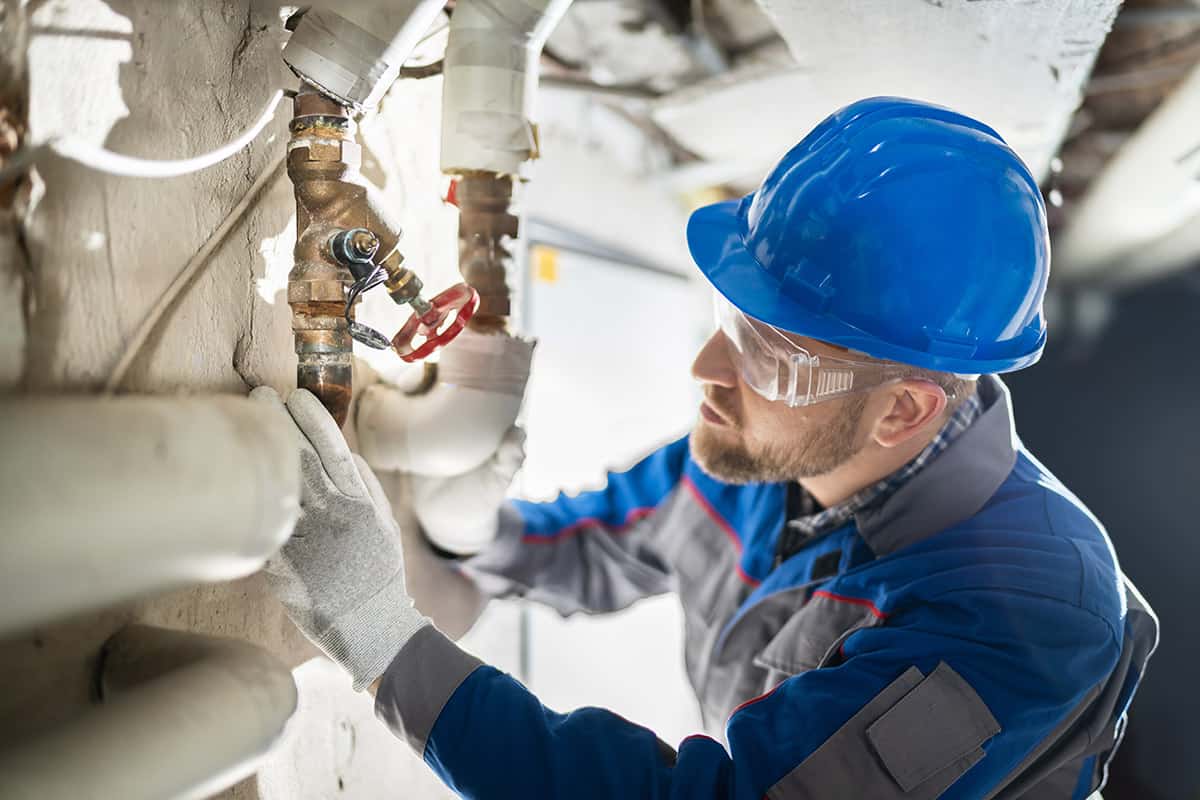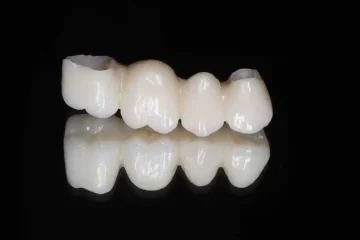Structure problems, health risks, and financial constraints are just some of the ways in which water damage may devastate houses and companies. Whether it’s from a burst pipe, a natural disaster like a flood, or a leaking roof, water intrusion demands swift and strategic action to mitigate its effects and restore the affected area to its pre-damage condition. In this article, we delve into the world of water damage recovery, exploring effective solutions, best practices, and the importance of professional intervention.
A Comprehensive Guide To Water Damage
Before delving into solutions, it’s crucial to understand the types and extent of water damage. Based on the origin and level of moisture intrusion, water damage is usually classified into three levels:
Clean Water Damage:
This form of harm happens when potable water leaks from a clean source, like a broken pipe, a dripping faucet, or even rain. Even though it starts off clean, water can get polluted from building materials and debris if it isn’t handled.
Grey Water Damage:
Grey water damage involves water that may contain contaminants, such as soapy water from appliances or water from a dishwasher or washing machine. The health dangers posed by grey water, although not as severe as those from black water, can nevertheless be serious if not handled correctly.
Black Water Damage:
Sewage backups, river or stream flooding, or stagnant water are the most common causes of black water, the most dangerous kind of water damage since it contains dangerous bacteria and poisons. Restoration efforts for black water damage require specialized equipment and expertise due to the heightened health risks involved.
Effective Solutions For Water Damage Recovery
When faced with water damage, prompt action is essential to prevent further deterioration and mold growth. Here are some effective solutions for water damage recovery:
Assessment And Documentation:
After water damage has occurred, the first thing to do is take careful measurements and make a detailed report of the damage. Among these tasks is the determination of the water intrusion’s origin, the recording of impacted regions, and the capture of images for use in insurance claims.
Water Extraction:
Removing standing water is paramount to prevent further damage and mold growth. Professional restoration companies utilize industrial-grade pumps, vacuums, and extraction tools to swiftly remove excess water from the premises.
Drying And Dehumidification:
Once the standing water has been extracted, drying out the affected area is crucial. Industrial fans, dehumidifiers, and specialized drying equipment are employed to remove moisture from building materials such as drywall, wood, and flooring.
Salvaging And Restoration:
Salvaging and restoring salvageable belongings and building materials is a key aspect of water damage recovery. This may involve cleaning and disinfecting furniture, textiles, and other porous materials, as well as repairing or replacing damaged structural elements.
Mold Remediation:
Mold growth can begin within as little as 24-48 hours after water damage occurs. In order to remove mold development in a safe and effective manner, avoiding additional health hazards and structural damage, it is best to use a professional repair company.
Structural Repairs:
Severe water damage may necessitate structural repairs to ensure the building’s integrity is restored. Damaged structural components, such as drywall, insulation, flooring, etc., may need repair or replacement.
Preventative Measures:
Reducing the likelihood of more water damage requires taking precautions after the restoration process is over. This may include regular maintenance of plumbing and roofing systems, installing sump pumps or backflow preventers, and ensuring proper drainage around the property.
The Importance Of Professional Intervention
Water damage isn’t something most homeowners can handle on their own; in many cases, a professional is needed to make sure everything is restored properly. Professional restoration companies have the training, experience, and equipment to handle water damage of any scale safely and efficiently. Additionally, they can work directly with insurance companies to streamline the claims process and maximize coverage for restoration expenses.
All parts of the restoration process, from water removal to structural repairs, are executed to the highest standards of quality and safety because experienced restoration businesses follow industry standards and best practices. This not only ensures the successful restoration of the property but also provides peace of mind for homeowners and occupants.
In conclusion, water damage can have devastating consequences for homes and businesses, but with prompt action and effective solutions, the damage can be mitigated and the property restored to its pre-damage condition. Those impacted by water damage greatly benefit from the knowledge, tools, and assurance provided by professional restoration businesses, which handle a wide range of tasks, including water extraction, drying, mold removal, and structural repairs. Homeowners and property owners can safeguard their investments from water damage restoration for many years by being aware of the significance of professional assistance and taking preventative actions.



